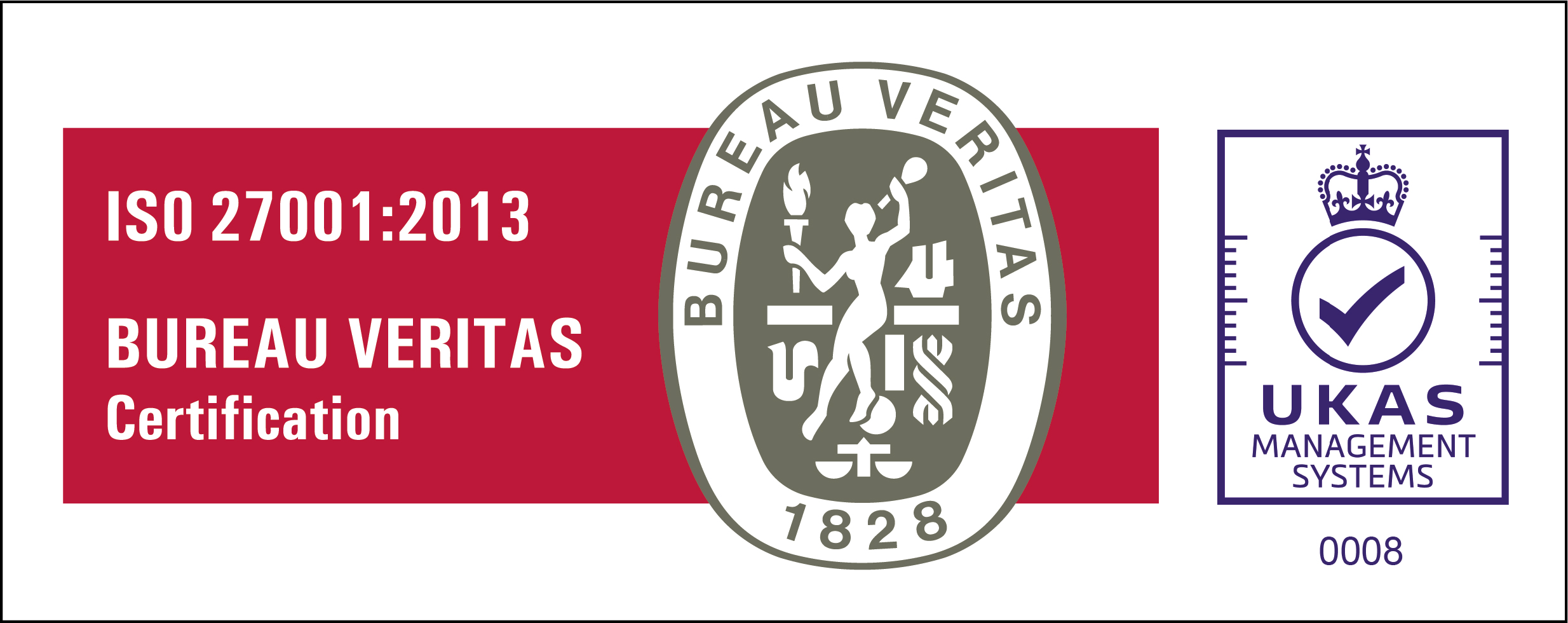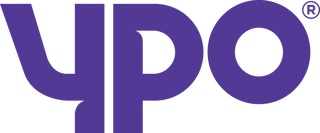When it comes to Transport Management System pricing, the model you choose can significantly impact your operational efficiency and costs.
Each model has its unique benefits and challenges, and aligning these with your business objectives is essential.
Understanding financial structures of Transport Management System (TMS) models is vital for optimised logistics, as the chosen model impacts cost, adaptability, and scalability, demanding alignment with financial and logistical needs.
Most TMS offer tiered subscription plans which include access to different features at different costs.
Generally, the more you pay, the more features you get access to.
A Basic subscription plan, for example, may only offer access to features such as Route Planning and electronic Proof of Delivery (ePOD).
While Premium, Pro or Enterprise plans from the same subscription service could include Route Planning and ePOD in addition to Route Optimisation, Delivery Notifications and Walkaround Checks.
Key factors influencing model choice
As a rule of thumb, shipment or delivery volume, growth, and feature requirements determine the ideal TMS pricing model, enabling alignment of logistics with broader business goals.
Subscription-based pricing
Subscription-based models, like a Netflix subscription, offer regular access fees, common in SaaS platforms.
In a subscription-based model, businesses pay a recurring fee (monthly or annually) to access the TMS platform.
This fee typically allows businesses to access a set of features, services, and integrations that can be expanded or reduced based on the operation’s requirements.
This model provides a predictable cost structure, making it easier for businesses to budget their logistics expenses.
Pros of Subscription-Based Pricing
Predictable costs
With a fixed monthly or annual fee, budgeting becomes easier. You know exactly what to expect and can plan your finances accordingly. This predictability can be particularly beneficial for financial planning and stability.
Scalability
As your business grows, subscription plans often offer the flexibility to upgrade your package, adding more features or users as needed. This scalability ensures that the TMS can grow alongside your business, accommodating increased logistical demands.
Regular updates
SaaS platforms regularly update their systems and communicate updates through release notes, ensuring you always have access to the latest features and improvements without additional costs (unless it is custom dev work).
These updates can enhance functionality and security, keeping your logistics operations efficient and protected.
Cons of subscription-based pricing
Commitment
You’re committed to regular payments regardless of your shipment volume. If your shipping needs fluctuate, you might end up paying for unused capacity. This can result in inefficiencies and increased costs if not carefully managed.
Potential overheads
For small businesses with low shipment volumes, a subscription might be more expensive compared to other models. It’s important for smaller companies to weigh the benefits of continuous service against the cost implications.
Limited flexibility
Subscription models may lack the flexibility to tailor services precisely to a business’s unique needs. The standardised nature of subscriptions might not suit companies with highly specialised logistical requirements.

Per shipment pricing
Per shipment pricing is straightforward: you pay a fee for each shipment processed through the TMS. This model is ideal for businesses with fluctuating shipping volumes or those just starting to scale.
This model is straightforward and provides a clear link between service usage and cost. It’s particularly appealing to businesses that experience significant variability in their shipping needs.
Pros of per shipment pricing
Pay-as-you-go
You’re only charged for what you use, making it a cost-effective solution for businesses with variable shipment volumes. This model ensures that costs align directly with usage, avoiding unnecessary expenses.
Cost efficiency for low volume
For businesses with low shipment volumes, per shipment pricing can be more cost-effective than subscription models. It allows these companies to avoid paying for unused capacity.
Cons of per shipment pricing
Unpredictable costs
Costs can vary greatly month-to-month, making it harder to budget and forecast expenses. This unpredictability can pose challenges for financial planning and stability.
Potential for higher costs
For businesses with high shipment volumes, per shipment pricing can become expensive compared to a flat-rate subscription. As volume increases, the cost advantages of per shipment pricing may diminish.
Limited features
Per shipment models might offer fewer features compared to subscription plans. Businesses may need to compromise on functionality if they opt for this pricing structure.
Custom plans
Custom TMS plans provide tailored solutions for complex logistics by allowing businesses to select specific features, ensuring optimisation for their unique operational needs.
Pros of custom plans
Tailored solutions
Custom plans are designed to fit your specific business needs, ensuring you only pay for the features you use. This customisation maximises the value derived from the TMS investment.
Enhanced control
With a custom plan, you have greater control over the services and features included, enabling you to better optimise it to fit your operation’s needs. This control can lead to improved efficiency and effectiveness in managing logistics.
Long-term efficiency
Custom plans can offer long-term efficiency gains by aligning the TMS precisely with business processes. This alignment can result in cost savings and improved operational performance.
Cons of Custom Plans
Complexity in setup
Custom plans can be more challenging to set up initially, requiring a good understanding of your logistics needs and potential solutions. The setup process can be time-consuming and resource-intensive.
Potentially higher initial costs
The bespoke nature of custom plans can lead to higher initial costs, although these may be offset by long-term savings and efficiencies. Businesses need to consider the upfront investment in relation to potential future benefits.
Choosing the right TMS pricing model
Selecting the optimal TMS pricing model hinges on business size, shipment volume, and specific logistics needs.
Consistent shipment volumes favour subscription models, while fluctuating volumes may benefit from per-shipment pricing.
Rapidly growing businesses should prioritise scalable options like subscriptions or adaptable custom plans. Specialised needs necessitate custom solutions.
Sustainability goals, for example, require a TMS that focuses more on eco-friendly features.
Finally, a thorough financial analysis, considering both immediate and long-term impacts, is crucial for informed decision-making.
Conclusion
In conclusion, navigating TMS pricing requires a strategic approach. By carefully evaluating shipment volume, growth projections, and specific business needs, companies can select a model—subscription, per-shipment, or custom—that optimises both cost and efficiency. Ultimately, the right choice ensures the TMS supports strategic goals, facilitates scalability, and delivers long-term value and a good ROI.








